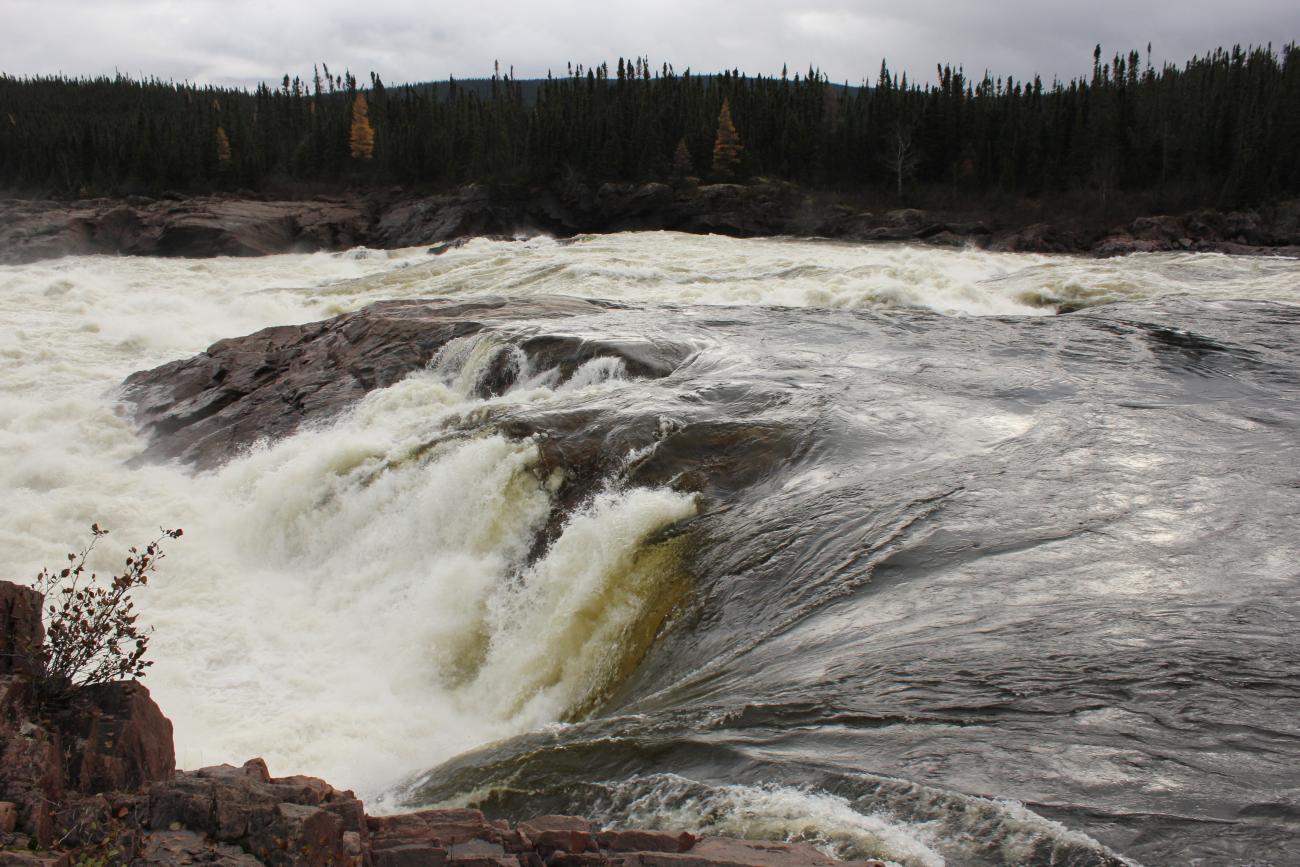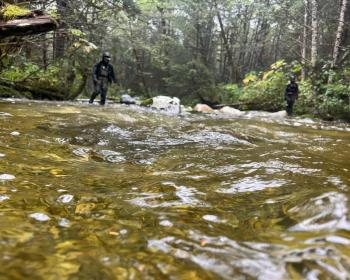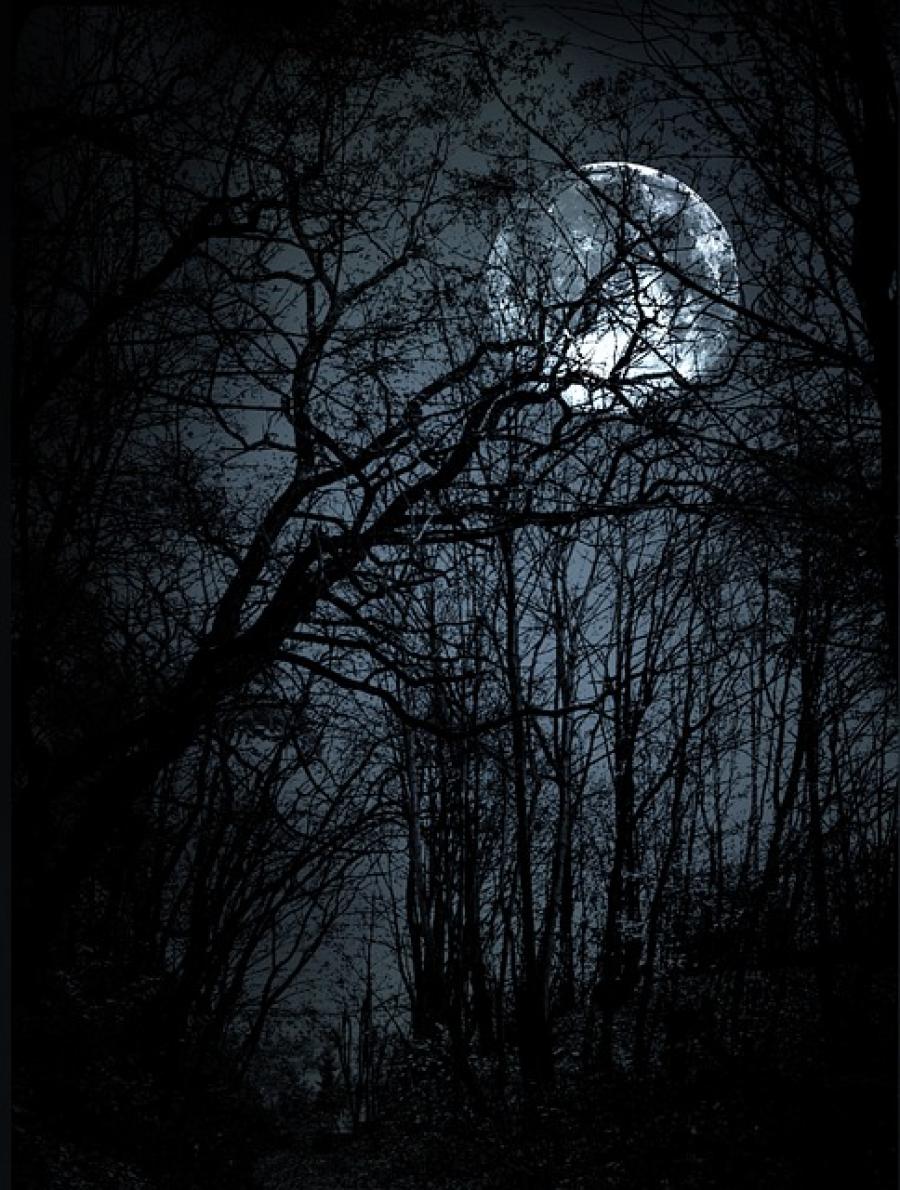
By Arianna Adirim-Lanza
Indigenous communities in Eastern Canada are denouncing a hydroelectric project that is slated to provide “clean” hydropower for sale to Northeast U.S. states.
Despite vehement opposition from the Labrador Inuit, Nalcor Energy, the provincial energy corporation of Newfoundland and Labrador, finished flooding the Muskrat Falls reservoir for the first phase of the Lower Churchill Project in September 2019 and is now finalizing plans to build the 2,250 MW Gull Island Dam for the project’s second phase, to be started once buyers are identified. The Gull Island Dam would be nearly three times the size of Muskrat Falls, a project that has fragmented Indigenous communities along the Churchill River, contaminated waterways with toxic methylmercury, and brought harm to Indigenous ways of life.
Nalcor has presented the second phase of the Lower Churchill Project as an initiative that will make up for economic losses sustained from the first phase of the project and with potential to export “clean” energy to regions in the US such as New England. Yet Indigenous Peoples living near the project believe that the provincial government did not fulfill its responsibility to consult with them about development for the project and has disregarded concerns about environmental and Indigenous health risks. Although in July 2010, the Innu Nation gave their consent to the Lower Churchill Project, the Labrador Inuit and Labrador Métis, who live downstream from the major projects, were not consulted at all.
According to a 2016 report commissioned by the Nunatsiavut government, who represent the Labrador Inuit, and conducted by Harvard University, Memorial University, and the University of Manitoba scientists, the flooding involved in the creation of hydroelectric power for the project results in the production of methylmercury. The accumulation of methylmercury causes a variety of health problems, including impaired brain development that can last for generations.
The Labrador Inuit, whose land claim area extends into Lake Melville, which is an estuary only 50 kilometers from the site of the hydroelectric project, risk greater methylmercury exposures than others in the area. This is because they are more reliant on the local food web for their survival, and are thus more susceptible to the negative health impacts of consuming seafood from the river.
Rita Monias, an Indigenous elder of Pimicikamak Cree Nation in northern Manitoba, traveled to Ottawa, Canada’s capital city, to protest the first phase of the project in 2018. She and dozens of other peaceful protestors were banned from Parliament Hill and arrested for trespassing. “It’s not about me. It’s about our children, our grandchildren, and other people. We all need this place to live,” said Monias regarding the motivation for her activism.
The Lower Churchill Project is one among many large scale hydropower projects pushed through by the Canadian government which have failed to properly consult with impacted First Nations. Monias previously joined other protestors from Pimicikamak Okimawin Cree Nation to voice opposition against Jenpeg Dam, a generating station built near their home that has severely disrupted their way of life.
Other Indigenous opponents of large dam projects who believe that the demand for energy in the US market will drive further development of Canada’s waterways for such projects have toured the New England region to speak against Canadian hydropower. One of these individuals, Roberta Benefiel, a director of Grand Riverkeeper Labrador, has traveled throughout New England to raise awareness about the impacts of such projects on Indigenous communities and the environment.“It’s not just about methylmercury,” said Benefiel. “It’s about the natural flow of the river, and the loss of a valuable natural resource.”
The construction of large hydroelectric dams carries significant environmental risks. Large dams disrupt rivers’ important function of regulating an increasingly volatile global carbon cycle. They also contribute to greenhouse gas emissions and destroy food chains, critical habitats, and biodiversity in freshwater ecosystems.
New England currently receives 1.4 terawatt hours of electricity from hydropower projects in Quebec and Newfoundland and Labrador alone, and many state governments in the region have agreed to purchase even more hydropower from other provinces of Canada. In 2018, Massachusetts Governor Charlie Baker signed a power-purchase agreement with Hydro-Quebec to import 9.4 million MWh of Canadian hydropower energy from Quebec to Massachusetts every year. The transportation of Quebec hydropower to Massachusetts will require the construction of the 145-mile ‘New England Clean Energy Connect’ (NECEC) transmission project, which will cut through Maine’s forests, wetlands, rivers, and ponds, threatening vital wildlife habitats and ecosystems. Governor Janet Mills of Maine has already signed off on the transmission project.
Additionally, as part of his version of a “Green New Deal” for New York City, Mayor Bill de Blasio is currently considering an agreement that would involve purchasing hydropower from Champlain Hudson Power Express, a proposed transmission line that would run under the Hudson River. The initiative would have disastrous environmental impacts for Indigenous communities throughout Canada.
Take Action:
- The North American Megadam Resistance Alliance, a coalition of organizations focused on protecting rivers and their communities by resisting “mega-dam” projects and associated transmission corridors, has started a petition urging New England state governors and Mayor de Blasio to reject Canadian hydropower. You can sign and share the petition here.
- Join Say NO to NECEC, a grassroots environmental education and advocacy group in Maine that opposes the New England Clean Energy Connect.
- Send a message or call 212-NEW-YORK to let Mayor Bill de Blasio know Canadian hydropower is not clean energy, and to urge him not to go forward with the Champlain Hudson Power Express agreement.
- Sign petition to Make Muskrat Right and sign up for updates from the Nunatsiavut government
Photo: Muskrat Falls in 2011 before hydroelectric project was installed. By innovationtrail on Flickr


